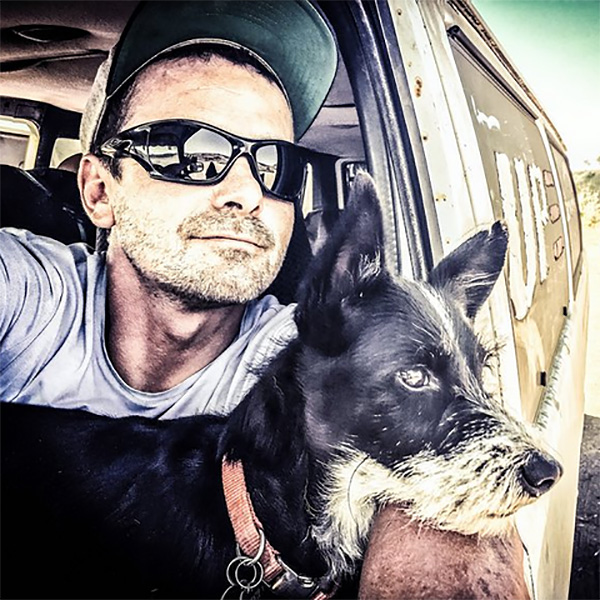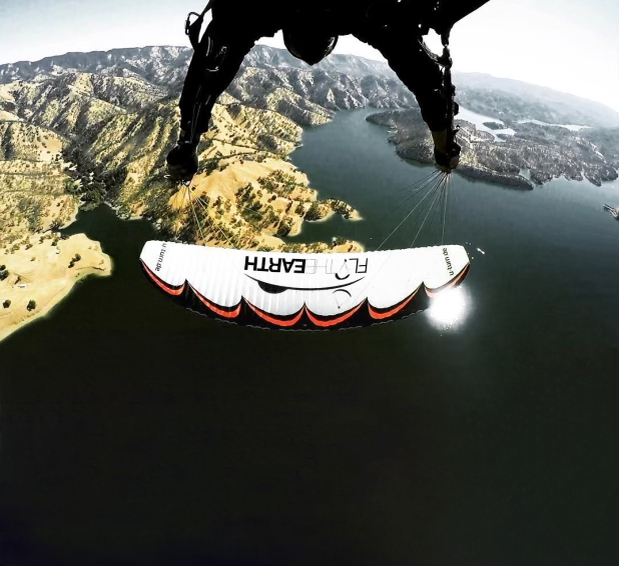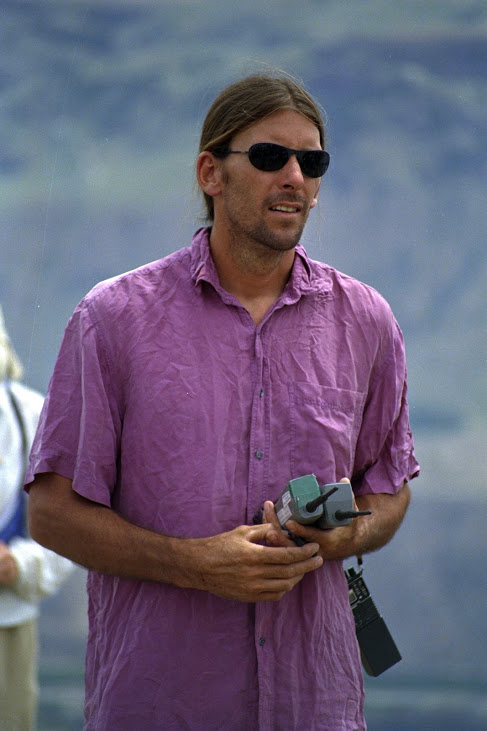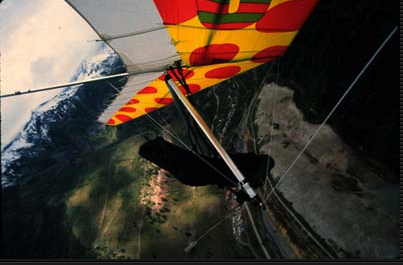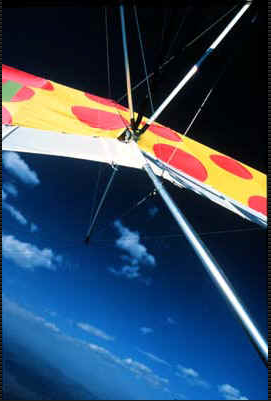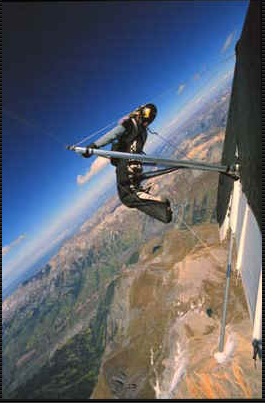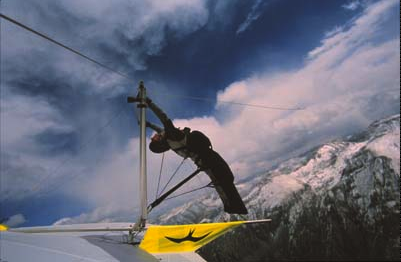
If it happens, preparation and training is the key
Justin Grisham is an emergency medical physician, wilderness medical expert, and search and rescue volunteer who wants to get our flying community better prepared for dealing with emergencies in the field. In this fascinating and note-worthy episode we brush up on some of Justin’s free-flight first aid curriculum: medical decision making, common paragliding injuries (what you can fix, what you can’t), the primary assessment, secondary assessment, heat and cold injuries, the use of narcotics and pain medications for victims, drowning and water risk, wound care, tourniquets and securing a scene. Justin has built awesome youtube courses for each of these subjects and offers courses for our community so we can be better prepared for when things go wrong, as they unfortunately often do. Please listen, share with your flying community and reach out to Justin if you want to have him help you design an incident plan for your club or to help your club members get hands-on wilderness medical practice.
Support the Podcast
A buck an episode, that's all we ask
If you like what you hear, please consider becoming a subscriber to ensure our high-quality content continues. You can also help contribute to a healthier, greener planet through our partnership with Our Forest. See our donation and subscription options here.Listen to the Podcast
Listen to us on all the most popular podcast platforms:
Justin’s website: https://www.paraglidingfirstaid.com/
First Aid Kit list we discuss in the show and what Justin carries:
- CAT Tourniquet (be sure to get from a reputable manufacturer like North American Rescue. There are a lot of counterift ones on the market.
- Nasopharyngeal Airway (NPA)
- Chest Seal
- Emergency Blanket
- Pressure Bandage
- 800mg Ibuprofen
- 1000mg Tylenol
- Link: https://www.paraglidingfirstaid.com/first-aid-supplies
Recommended courses:
Justin’s own: https://www.paraglidingfirstaid.com/s/shop
NOLS
Remote Medical Training
Wilderness Medicine of Utah
Clubs interested in either a course or help with designing an incident plan can contact Justin through the website. There’s a contact form on the bottom of the homepage.
Stuff we discuss in the show and associated courses Justin has made:
| Pre-course Material (6hr) | Topic | Link |
| 0.5hr | Medical Decision Making | https://youtu.be/U0GEH_9whuQ |
| 0.5hr | Common Paragliding Injuries | https://youtu.be/K6Mr8Yb7yhg |
| 0.5hr | The Primary Assessment | https://youtu.be/zcO7Z3vf7E0 |
| 0.5hr | The Secondary Assessment | https://youtu.be/sbuKwMceYv0 |
| 0.5hr | Emergency Evacuation Planning | https://youtu.be/zLCCVJedNSI |
| 0.5hr | Heat Injury | https://youtu.be/1xy9Z4b67mM |
| 0.5hr | Cold Injury | https://youtu.be/z5knXTb0x08 |
| 0.5hr | Allergic Reaction | https://youtu.be/Be91nEMw-B4 |
| 0.5hr | Drowning | https://youtu.be/IZy2tfdpM_k |
| 0.5hr | Wound Care | https://youtu.be/Q1_51sqxlMU |
| 0.5hr | Altered Mental Status | https://youtu.be/RZLfNzOTc9c |

Podcast: Play in new window | Download (Duration: 1:18:33 — 72.0MB)
Subscribe: Apple Podcasts | Spotify | Amazon Music | Pandora | Email | TuneIn | Youtube Music | RSS | More


